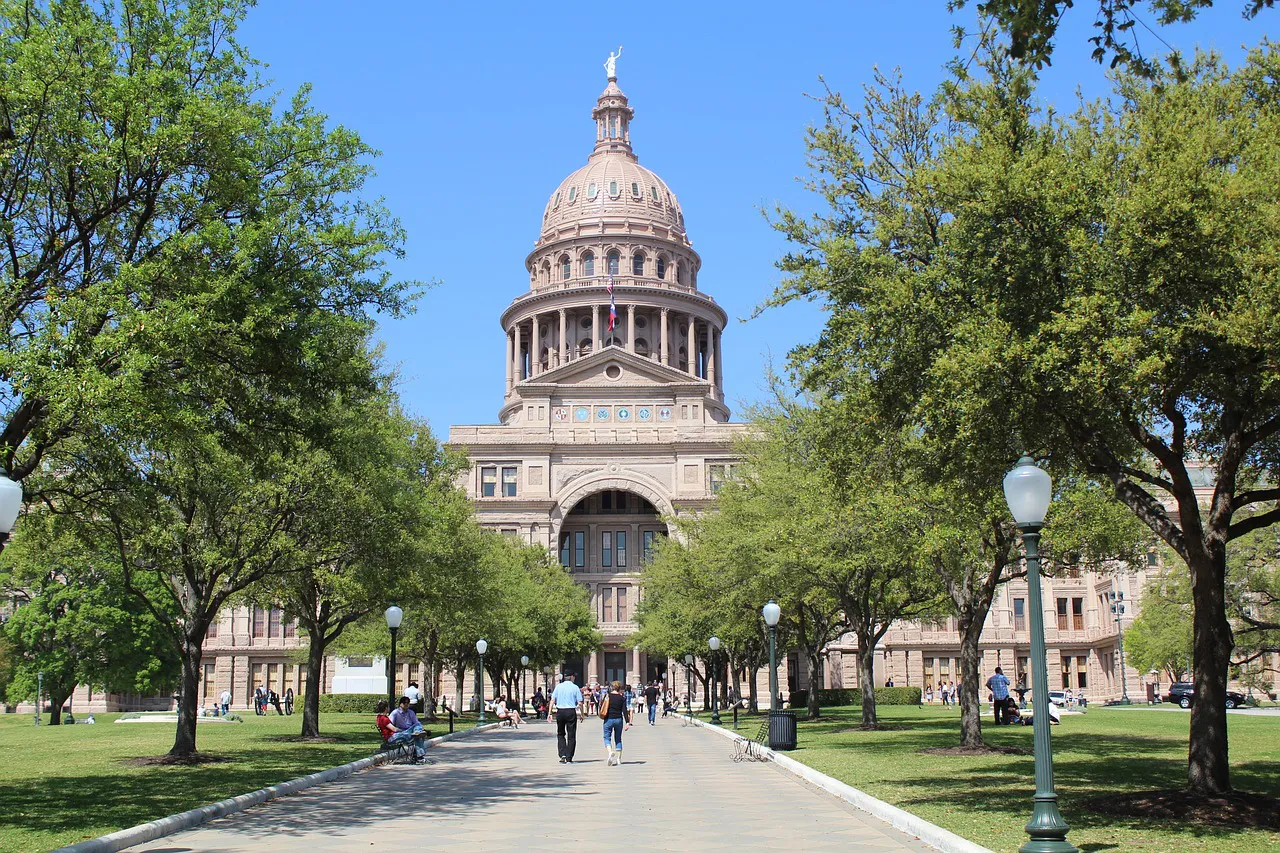Appropriations and spending with updated BRE information
Yesterday, Comptroller Susan Combs announced that lawmakers should have $72.2 billion in general revenue available to construct a budget for the next two years, according to the Combs’ Biennial Revenue Estimate . The state expects to collect $77.3 billion in general revenue during the next two-year budget cycle. However, the size of the current deficit is $4.3 billion, which leaves lawmakers with $72.2 billion.
This will leave an anticipated multi-billion-dollar gap between state spending demands and expected state revenue.
This gap exists because overall state tax revenue is lower than anticipated, some state expenses are more than expected, and federal stimulus funds used in the fiscal 2010-11 budget are not expected to be available. This in tandem with higher enrollment in schools and higher caseloads in Medicaid has fueled speculation that the gap could be anywhere from $15 billion – $27 billion. It should be noted that many organizations have different views on the cost of current services and the amount of funds needed for additional Heath and Human Services spending, which is why the figures listing the expected shortfall can vary so dramatically from one another.
Constructing the budget for the next two years is even more of challenge with dollars legislators cannot easily touch. $87 billion was the amount appropriated from GR in the last budget. The 2010–11 biennial budget included estimated appropriations of $80.6 billion from General Revenue (GR) Funds, $6.4 billion from General Revenue (GR)–Dedicated Funds, $65.5 billion from Federal Funds, and $29.7 billion from Other Funds.
State leaders, in anticipation of the expected shortfall, have already asked agencies to cut their budgets. In January 2010, state agencies were required to identify ways to reduce their fiscal 2010-11 budgets by 5 percent. Agencies identified a total of $1.8 billion in possible reductions, and $1.3 billion in reductions were implemented. Agencies were later asked to identify a further 2.5 percent savings in their current fiscal year budget, which ends August 2011.
Under the fiscal 2012-13 budget instructions to state agencies, baseline spending requests for general revenue and general revenue-dedicated funds had to be no greater than funds expended in 2010 and budgeted for 2011, as adjusted for the 5 percent biennial reductions identified by the LBB; certain programs were exempt from this baseline restriction. As part of their fiscal 2012-13 appropriations request, agencies also had to submit a plan showing potential general revenue and general revenue-dedicated spending cuts of another 10 percent.
The budget shortfall will drive the discussion during the 82nd Session. Beyond agencies’ demands for state spending, which are discussed below under specific topic categories, legislators may consider proposals to freeze hiring, cut state employees’ salaries, or furlough state employees.
Members also may discuss the use of statutorily dedicated accounts in the state budget for purposes other than those for which they were dedicated. Certain spending may be postponed until fiscal 2014 in order to allow a one-time-only spending reduction in fiscal 2012 – 13.
Rainy Day Fund
Texas will have $8.2 billion in the Rainy Day Fund at the end of August 2011, and $9.4 billion at the end of the next biennium. Some have discussed the need to tap the Rainy Day Fund in order to help balance the budget this session. Senator John Carona, R-Dallas, pointed out that the Rainy Day Fund is also linked to our bond rates, “While some may be tempted to drain the Rainy Day Fund to address the projected budget shortfall, maintaining a reserve balance of at least 5% of the general revenue funds spent next session will ensure Texas holds on to its AAA bond rating.” To access the fund takes a 2/3 vote or 3/5 favorable vote of the members, depending on circumstances of accessing the fund.

